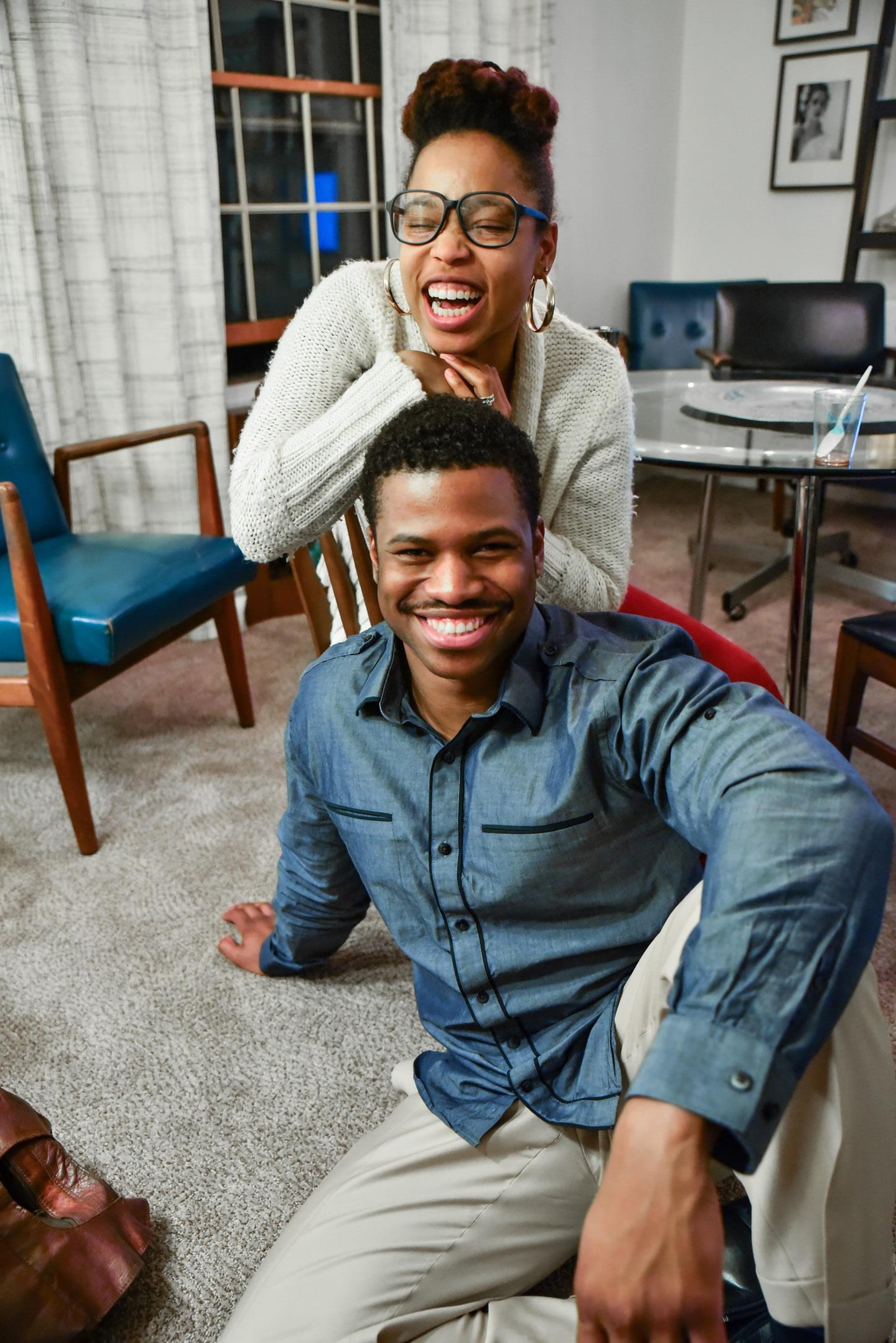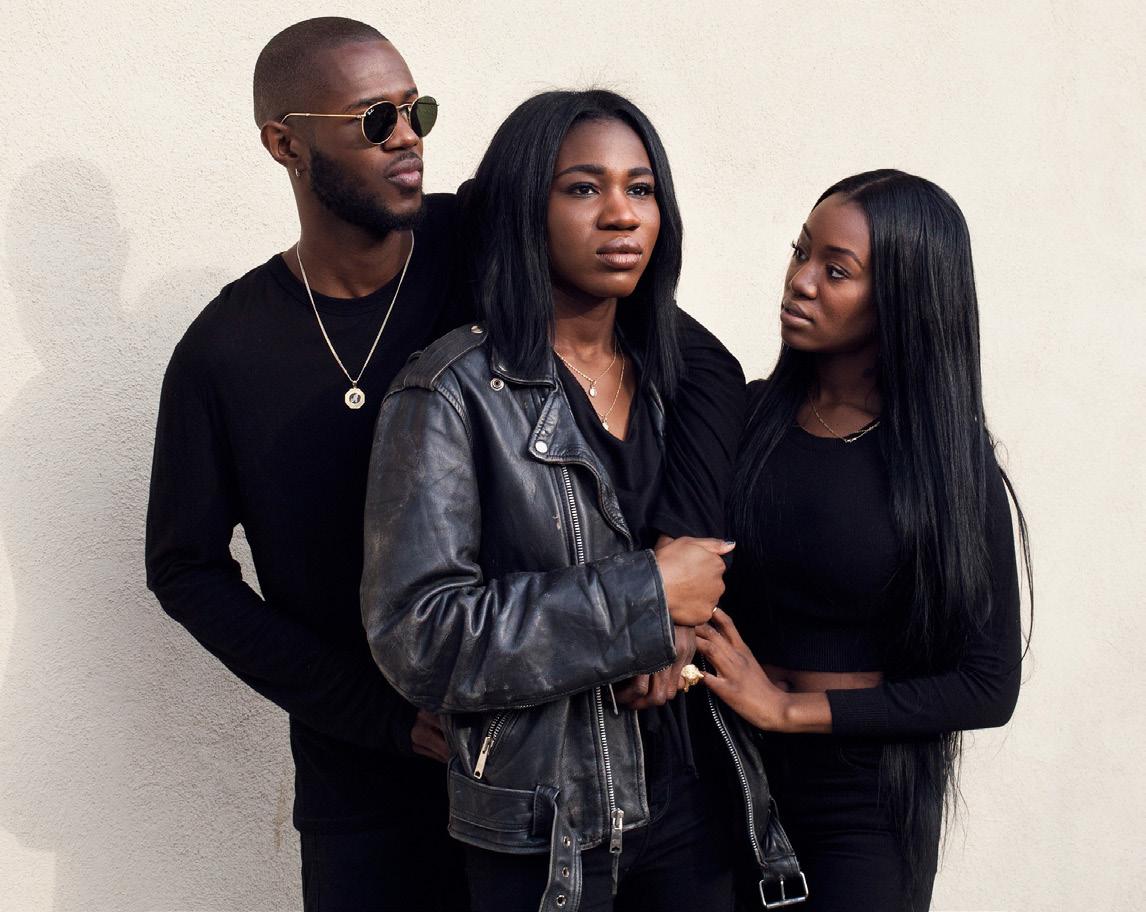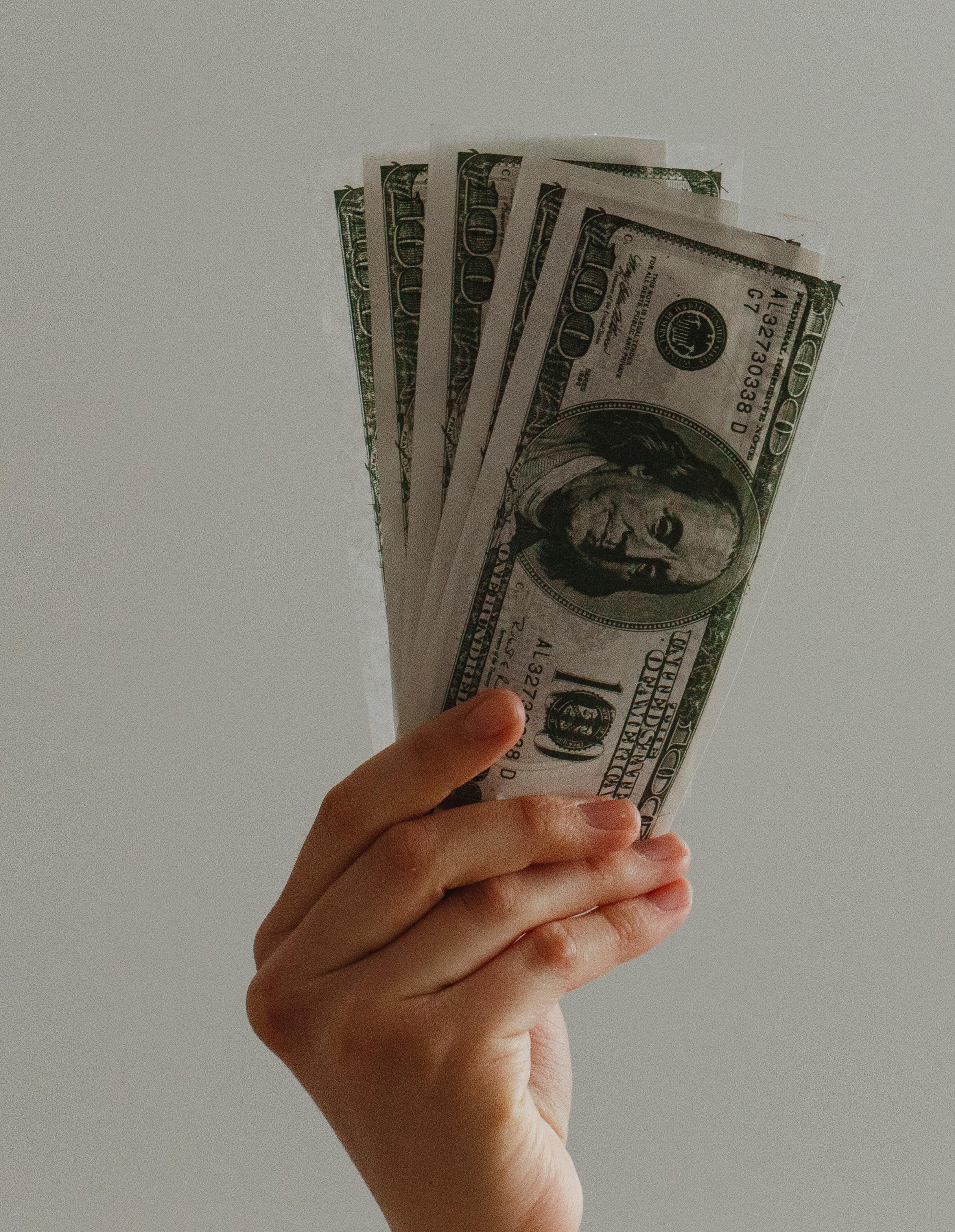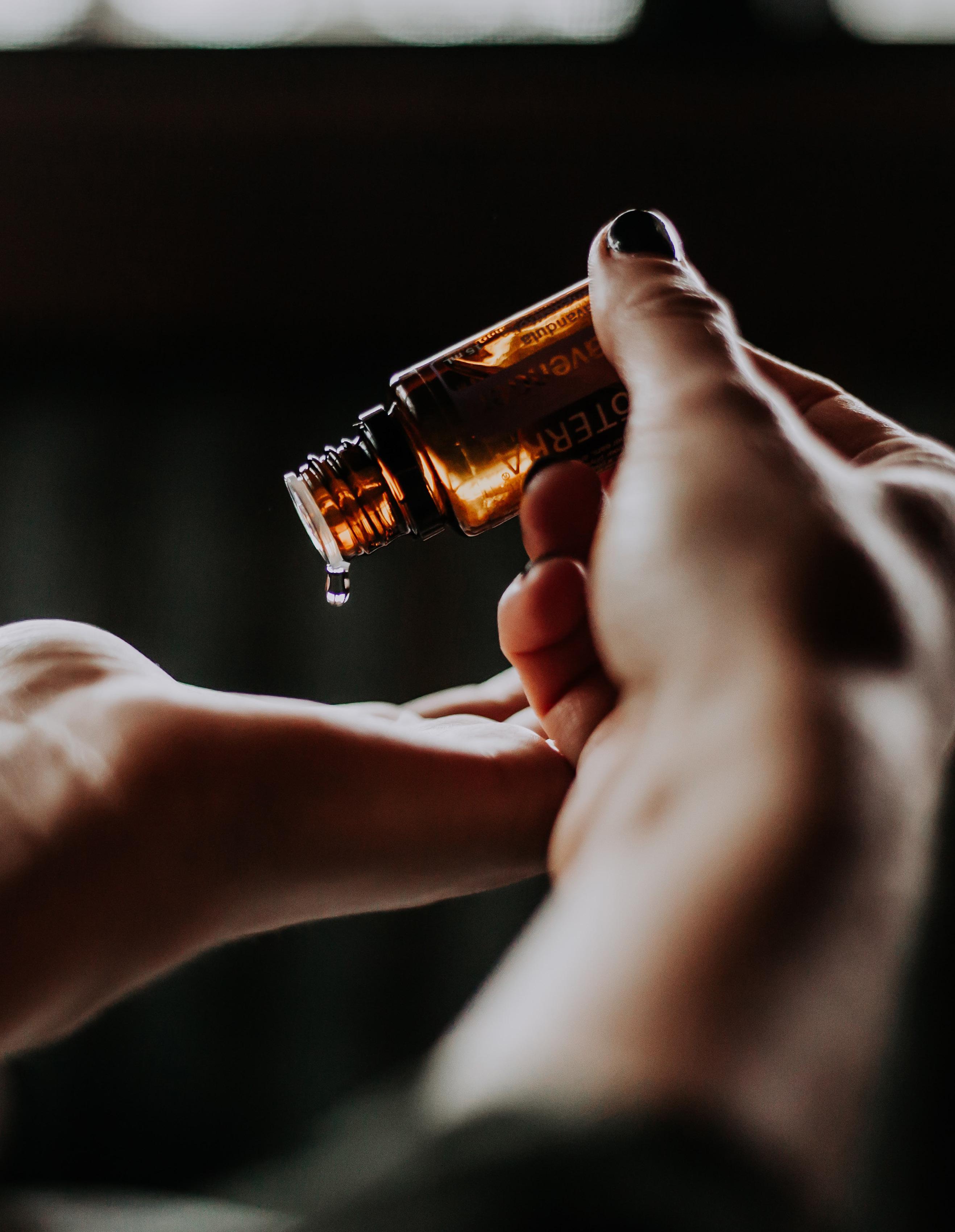
5 minute read
COMMUNITY
I HAVE A DREAM
BY LARISSA DOMINGO
Advertisement
I
Have A Dream” is one of the most celebrated speeches of all time. Masterfully orated by the Rev. Martin Luther King Jr. (MLK) in 1963, the speech has withstood the test of time, and become a pinnacle of American history. The speech was made in front of 250,000 people at the March on Washington for Freedom and Jobs.
Surprisingly, some on King’s staff discouraged him from using the namesake phrase – “I Have A Dream” – due to the “dream” referred to having never actually occurred. Alas, MLK’s insistence on keeping true his vision for the speech left the world in awe.

FREEDOM IS NEVER VOLUNTARILY GIVEN BY THE OPPRESSOR; IT MUST BE DEMANDED BY THE OPPRESSED. “ “

Here are some facts about the speech:
To End Racism
The first fact about the “I Have A Dream” speech of King is that it was aimed to end racism. In front of almost 250,000 people, he talked about his dreams of justice, freedom, and equality, which he believed could transform the United State, via means of racial unity. Hatred and slavery were the major causes of problems in America before; and although these subjects had been tackled before, there was still massive inequality facing the majority of African Americans. Disheartened, King fought for freedom & equality until his untimely death.
The Death of Medgar Evers
The National Association for the Advancement of Colored People (NAACP) is an organization that promotes equality & protects the civil right of African-Americans. The NAACP’s leader, Medgar Evers, was killed on June 11, 1963 – the same day that President John F. Kennedy called for more civil rights. It was only a few months after these events took place that the March on Washington for Jobs and Freedoms happened. Although there were planned marches, the death of Medgar Evers and the call for civil rights triggered this event to happen.
Keep On Marching
Decades after the “I Have A Dream” speech, it seems as if America is ripe for an equality distribution of civil rights – for whites & blacks alike. In fact, Barack Obama became the first AfricanAmerican President of the United States. Obama acknowledged King’s speech on its 50th anniversary, when Obama stated that the March on Washington taught people not to be trapped by what happened in the past. He also noted that the March did not also help resolve the issues in inequality, it also opened up more jobs to African-Americans and immigrants. Let’s keep on marching for our own rights!
DACA and the March on Washington
The March on Washington did not only open opportunities for equality, further the end of slavery-like working conditions, and fight for freedom & justice for all; it also became a gateway for more acts to be created to benefit immigrants in the United States. Deferred Action for Childhood Arrivals, also known as DACA, is one of the organizations built after the March which is an immigration policy that provides support to individuals who were brought in America as a child. Unlike the Dreamer’s Act, this does not grant citizenship to immigrants.

lifestyle
THE TYPICAL WAY OF LIFE OF AN INDIVIDUAL, GROUP, OR CULTURE




THREE WAYS TO IMPROVE YOUR SELF-CARE ROUTINE
BY CHLOE PARK
S
elf-care, the practice of taking care of oneself - has become a hot topic across generational groups, with sleep, stress management and fitness as key areas to build better habits. But where to start? Here are three tips for practicing better self-care.
1. Get a sleep routine - Only 11 percent of Americans say they get excellent sleep on a regular basis while 18 percent report poor/not good sleep quality, and the rest are somewhere in between. (Survey methodology: An omnibus survey of American adults 18+ conducted online by Finn Partners Research between May 15 and 18, 2019, on behalf of Tranquility/American Textile Company.) Commit yourself to good sleep hygiene habits like going to bed and waking up at the same time daily, avoiding food and beverages within two hours of bedtime, and limiting nighttime stimulants like electronics to an hour before bedtime.
“People are more aware of their sleep quality these days thanks to better sleep science and sleep trackers,” says lifestyle expert Jenn Falik. “But better sleep solutions remain elusive to many. In addition to routinizing wakeup and bedtime, look at your bedding and wind down routines.” 2. Manage stress - Managing stress is critical to overall wellness. Experts recommend setting aside time each day for relaxation activities, which could include meditation, a walk in nature or even chilling out with a good book or TV show. The survey found that 62 percent of Americans say that chilling out at home and watching/streaming TV is part of their de-stress routine.
“One way to help you relax and unwind is to use a weighted blanket like Tranquility while resting or sleeping,” says Falik. “The blanket uses heavy glass beads distributed evenly across the box-woven design to stimulate deep touch pressure, which has been shown to decrease the stress hormone cortisol while increasing the release of sleep-promoting serotonin. I love that these weighted blankets are affordable and that they’re available at popular retailers like Target and Walmart.” 3. Set aside time for fitness - The American Heart Association recommends adults strive for at least 150 minutes of heart-pumping physical activity each week. Exercise not only staves off illness but is correlated to better sleep and stress management, making it essential to good self-care habits. Experts also recommend thinking about self-care as an ongoing approach rather than a one-time fix.










